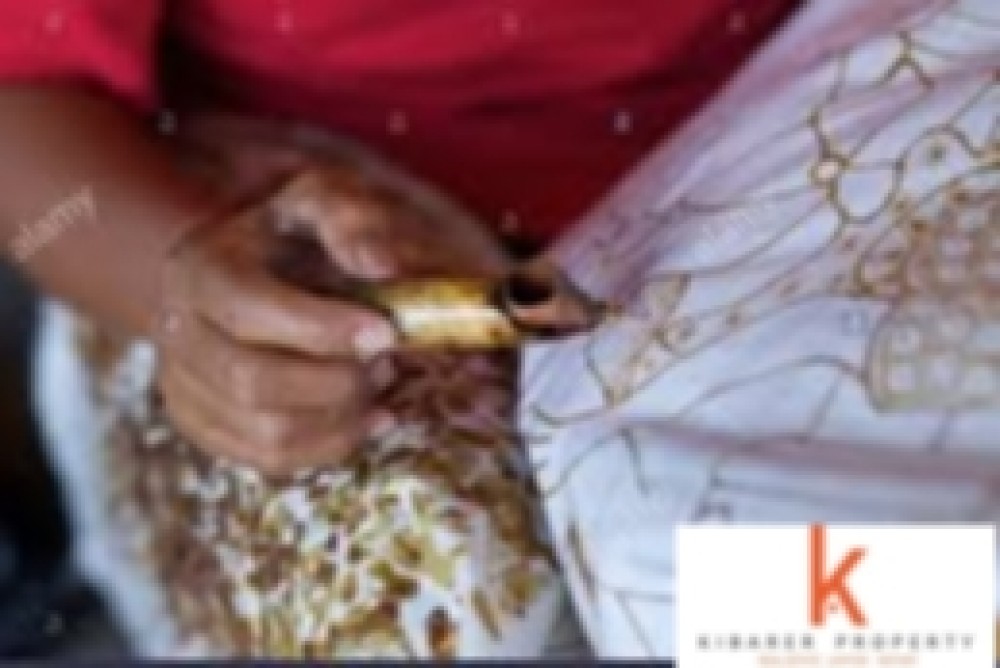Batik is among the nation’s most popular items of cultural heritage. Despite its popularity, not many people know about the traditional fabric’s history, the manufacturing process as well as the people behind it.
Realizing this, California-based educational filmmaker Andrew Galli showcases the step-by-step batik-making process and the makers in a video titled Batik of Java: A Visual Journey, available for purchase on Galli Publishing’s.
Galli first learned about the textile in a contemporary exhibition of batik by artist Rosi Robinson in the Barbican Centre, London, in 2005. As his curiosity on batik grew, he met pre-eminent batik scholar Rudolf G Smend, which led him to wonder about batik makers.
Galli told The Jakarta Post via email that to really appreciate batik, one needs to go to the workshops and join a tour or a study group. However, not many people have the opportunity to join those kind of activities.
Together with the film’s co-producer Daniel Gundlach, Galli traveled to Indonesia to meet the batik communities for the film.
“In shooting the film, our goal was to provide a view as if you were part of a study tour,” explained Galli, adding that in the video, viewers would be able to learn more about traditional batik and see the makers sharing their work as well as their future hopes.

He told the Post that after returning from Indonesia, he found a rack loaded with faded batik shirts with a sign that said “Hawaiian Shirts – $10 each” in 4th Street Long Beach, locally known as Retro Row.
“It made me laugh. It is very 'American' to take a craft that is from one place and mislabel it to something more familiar,” he said.
He also explained that batik is among the most popular quilting fabrics in America. However, the fabrics available in the US are either the most inferior grade of batik ever made or, perhaps, not even batik at all.
Galli said when Americans are shown something that was drawn expertly by hand with wax, dyed dozens of times in deep rich natural dyes without crackle or imperfection, producing magnificent designs that carry subtle or strong cultural meaning, they would say, "Wow, I had no idea".
“When you go deeper, you begin to see that batik is, for many of its makers, something very personal that carries the imprint of the makers in the cloth," he said, adding that there is a spiritual side to the cloth and this becomes a road map to the plants that grow in the village, which is used to dye the cloth, the artisan skill and the symbolism of belief, ritual and spirituality behind it.
“For me, the opportunity to create a film that gives other foreigners a better road map into this wonderful heritage craft from Indonesia is a special opportunity,” he added. (kes)